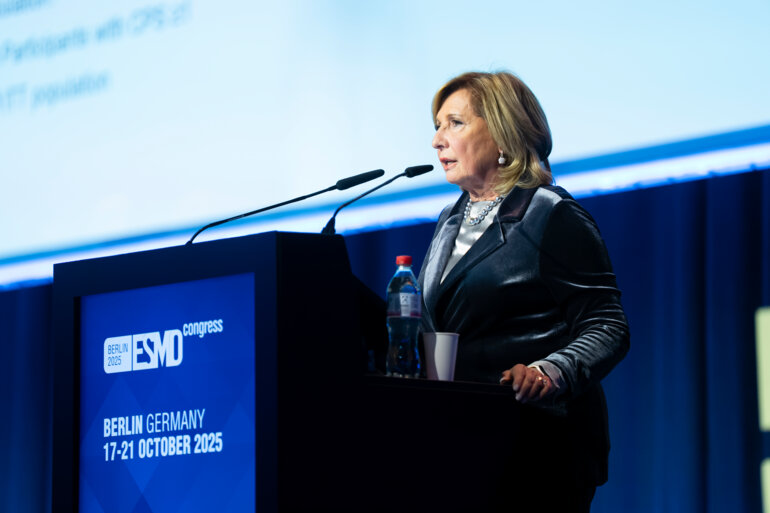Findings are from an exploratory subgroup analysis of the KEYNOTE-826
In the latest issue of Annals of Oncology, data from a preplanned exploratory subgroup analysis of the KEYNOTE-826 study suggests that the addition of pembrolizumab to doublet chemotherapy as first-line treatment provided clinical benefits to patients with persistent, recurrent, or metastatic cervical cancer who were ineligible to receive bevacizumab (Ann of Oncol, Volume 36, Issue 1, 65 – 75). However, as the study’s authors highlighted, the results must be interpreted with caution due to the small sample size and the fact that the subgroup analysis was exploratory and not controlled for multiplicity.
The phase III, double-blind KEYNOTE-826 trial of pembrolizumab 200 mg or placebo once every 3 weeks for up to 35 cycles plus platinum-based chemotherapy, with or without bevacizumab - a monoclonal antibody targeting vascular endothelial growth factor (VEGF) - , showed statistically significant survival benefits with the addition of the anti-PD-1 monoclonal antibody pembrolizumab for women with persistent, recurrent, or metastatic squamous cell carcinoma, adenosquamous carcinoma, or adenocarcinoma of the cervix that had not been treated with systemic chemotherapy and was not amenable to curative treatment. The study results led to the U.S. Food and Drug Administration (FDA)’s approval of the pembrolizumab-containing regimen for this patient population in 2021, and improvements in progression-free survival (PFS) and overall-survival (OS) showed to be maintained at the protocol-specified final analysis (J Clin Oncol. 2023; 41, 5505-5511).
In this exploratory analysis, treatment outcomes were assessed in some patient subgroups (the PD-L1 combined positive score (CPS) ≥1 and all-comer populations) defined by bevacizumab use. The addition of immunotherapy to chemotherapy resulted in clinically meaningful improvements in PFS and OS compared with placebo plus chemotherapy regardless of concomitant use of the anti-VEGF agent.
In the PD-L1 combined positive score ≥1 population, among patients who did not receive bevacizumab median PFS was 7.0 months (95% CI 6.2-9.1 months) in the pembrolizumab arm versus 6.0 months (95% CI 4.3-6.3 months) in the placebo arm [HR, 0.61 (95% CI 0.44-0.85)], with 24-month PFS rates of 22.7% and 6.6%, respectively. In the same subgroup, median OS was 17.5 months (95% CI 14.9-22.3 months) in the pembrolizumab arm versus 11.9 months (95% CI 9.7-14.8 months) in the placebo arm [HR, 0.61 (95% CI 0.44-0.85)], with 24-month OS rates of 37.8% and 25.3%, respectively.
In the all-comers population, among patients who did not receive bevacizumab, median PFS was 6.3 months (95% CI 6.1-8.3 months) in the pembrolizumab arm versus 6.2 months (95% CI 4.4-6.3 months) in the placebo arm [HR, 0.69 (95% CI 0.50-0.94)], with 24-month PFS rates of 21.6% and 5.8%, respectively. Median OS was 17.1 months (95% CI 14.4-21.3 months) in the pembrolizumab arm versus 12.6 months (95% CI 10.0-15.7 months) in the placebo arm [HR, 0.67 (95% CI 0.49-0.91)], with 24-month OS rates of 36.1% and 26.2%, respectively.
The safety profile of pembrolizumab plus chemotherapy with or without bevacizumab was manageable, and no new safety signals were identified.








